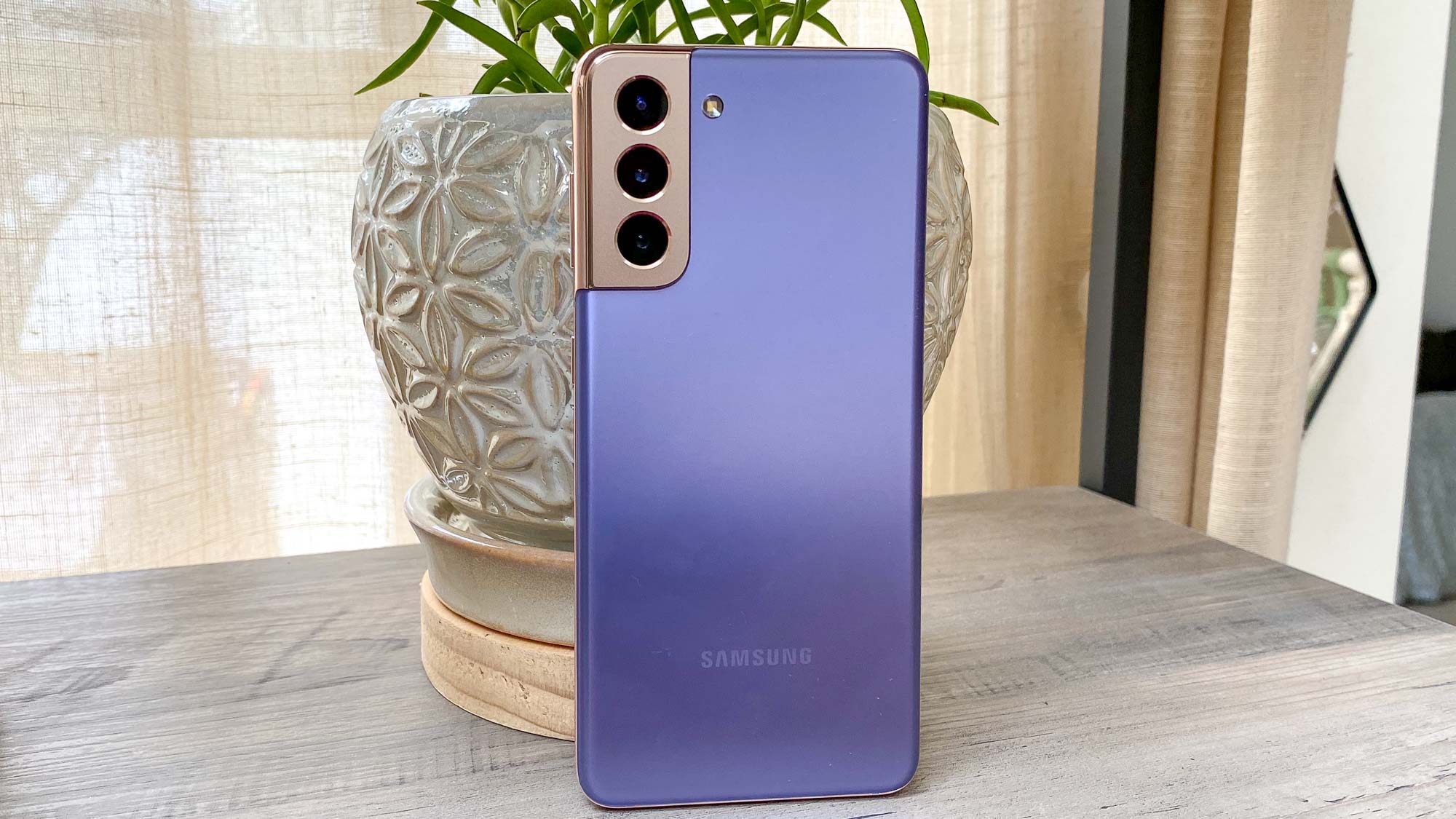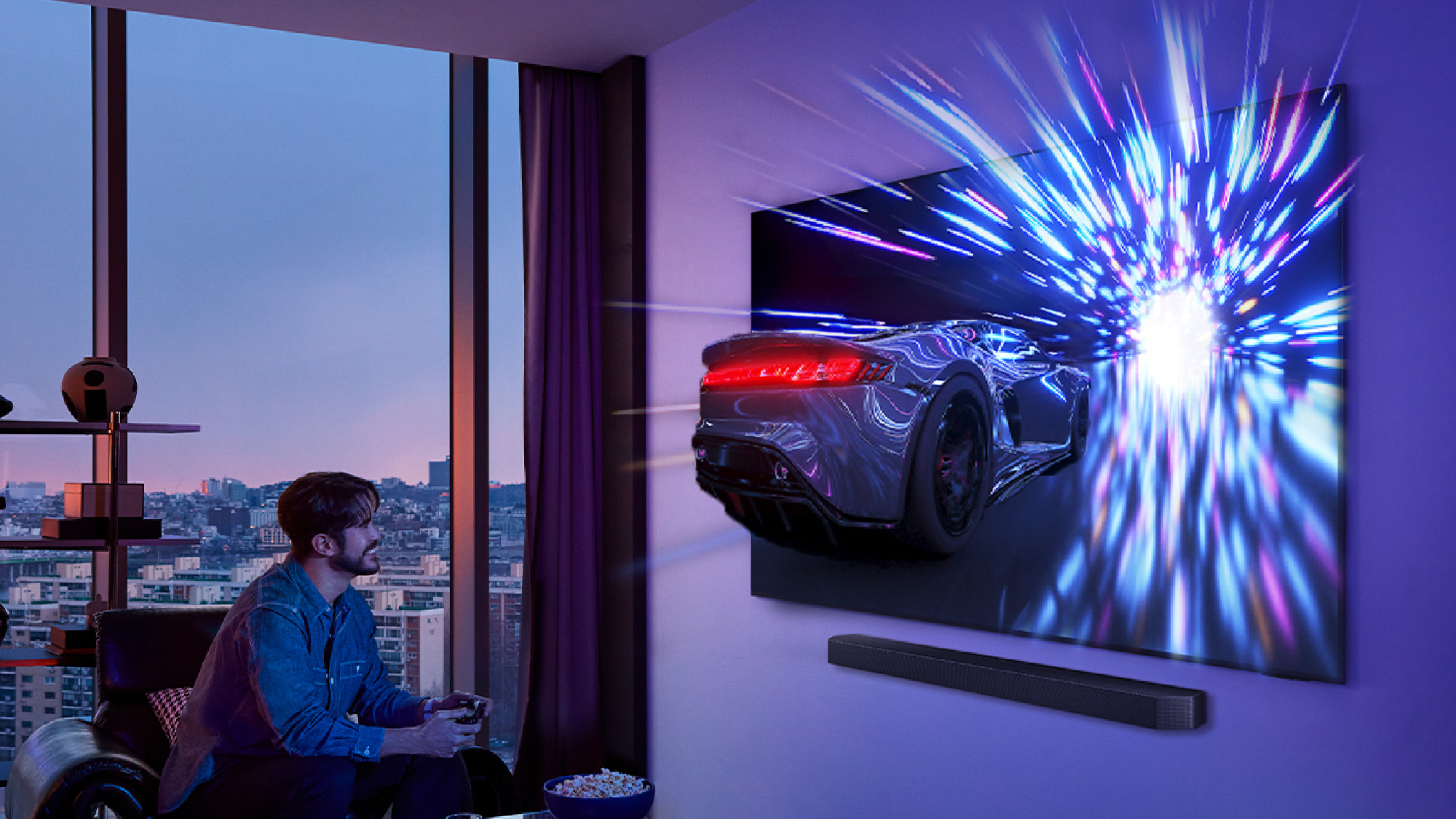No charging bricks with phones? Fine, give us a universal fast charging standard
It's the least we can ask for

Last week Samsung launched the Galaxy S21 smartphone, and with it confirmed that it would be following Apple’s example and doesn't include a charging brick in the box. The explanation given is that because so many people already have charging bricks, giving them away to everyone is wasteful and bad for the environment.
That’s all well and good, even if it’s obvious there are clear financial incentives to stop giving charging bricks away. But it does bring up a serious problem where fast charging is concerned. Sure. you may have a charging brick at home, but what happens if it’s not compatible with your new phone?
- Samsung Galaxy S21 review (hands on)
- See our best phone battery life list
- Plus: Here's the offiical reason why Galaxy S21 doesn't have a charger
Charging bricks use USB connections, which are universally compatible, but that doesn’t mean they’re all created equal. While a phone can draw power from any random USB charger, there are limits to how fast it will recharge. Different chargers have different maximum speeds, and phone makers do fast charging in different ways.
The case for a universal fast charging standard
So, if phone makers are going to start skipping the complimentary charging brick, and force people to buy it separately or rely on something they already have, they need to cut it out and get fully on board with a universal fast charging standard.
The good news is that one already exists, in the form of USB Power Delivery (USB-PD). The standard was developed by the non-profit USB Implementer’s Forum, offers up to 100W speeds, and has already been adopted by a lot of big-name phone makers to varying degrees.
it’s not a good look if someone buys a phone based on the promise of fast recharging and discovers the charging brick they have doesn’t even come close to offering it.
Apple's iPhones run on USB-PD fast charging, and back in 2019 Google made it compulsory for any phone running Android 10 or above to support it as well.
Unfortunately, supporting something isn’t the same as promoting it, and many phone makers still use their own proprietary fast charging systems. OnePlus is a great example of this, and while OnePlus phones can fast charge with a USB-PD compliant charger, it isn’t nearly as fast as the company’s own Warp Charge technology. Likewise, OnePlus’s charging blocks do not support USB-PD at all, and will only recharge other phones at basic speeds.
Sign up to get the BEST of Tom's Guide direct to your inbox.
Get instant access to breaking news, the hottest reviews, great deals and helpful tips.
It’s about time phone makers cut this out. We’re heading into an age where charging bricks are about to become as interchangeable as the cables you’ll plug into them. So using a crappy old charger that takes several hours to recharge your phone isn’t going to cut it anymore.
After all, it’s not a good look if someone buys a phone based on the promise of fast recharging time and discovers the charging brick they have doesn’t even come close to offering it.
Competing standards means more e-waste
Of course there’s a solution! Buy a charger from your phone maker, so that you get the best charging speeds and they get to reap the rewards of selling you the charger they used to give you for free. But, naturally, there are a few holes there.
Not everyone sticks with the same brand every time they buy a phone, so picking up a new phone could also mean picking up a brand new charger. Not only does that cost more, it doesn’t deal with the issue of e-waste. There’s still a perfectly good old charger, whose only crime is not supporting Super Mega Charge 55, going to waste.
If you’re the kind of person that only ever buys Samsung, or Apple, or another brand, that’s not going to seem like a big deal. Because you can keep using the same old brick without having to worry about anything until they ramp up the speed again.
But if you’re a brand-agnostic type who shops for the phone rather than the logo, it means you can’t futureproof your purchase. Because why buy a proprietary 65W charger if your phone only supports 30W and there’s no guarantee it will even work with your next device?
That’s where the universal fast charging standard comes in. You buy one 100W charger and it can follow you from phone to phone, ensuring that they’re getting the fastest possible charging speeds. You’d only need to buy a new charger if yours broke, or if an updated standard means phones are now able to charge even faster. But since 100W is pretty damn fast, that wouldn’t be an issue for quite some time.
It also means that charging accessories, like battery packs or car chargers, could be offering the same speeds as your wall outlet. Wouldn’t that be nice?
It's not a long-distance fantasy
The best part is that this standard isn’t hypothetical, it already exists in the form of USB-PD. It’s just not clear why phone makers haven’t been embraced it. After all, why bother developing your own fast charging system if someone else has done it for you, and made it available royalty free?
Clearly there’s still enough money to be made with proprietary tech. After all, if every charger offers the same charging speeds, it becomes possible to shop around for the best deal. So why spend $50 on a 45W Samsung-branded fast charger if Anker sells a slimmed down version for $38?
I’m just hoping more companies see the light, and figure out USB-PD is the way forward. At the very least it lets them off the hook for developing (and paying for) new fast charging technologies.

Tom is the Tom's Guide's UK Phones Editor, tackling the latest smartphone news and vocally expressing his opinions about upcoming features or changes. It's long way from his days as editor of Gizmodo UK, when pretty much everything was on the table. He’s usually found trying to squeeze another giant Lego set onto the shelf, draining very large cups of coffee, or complaining about how terrible his Smart TV is.
